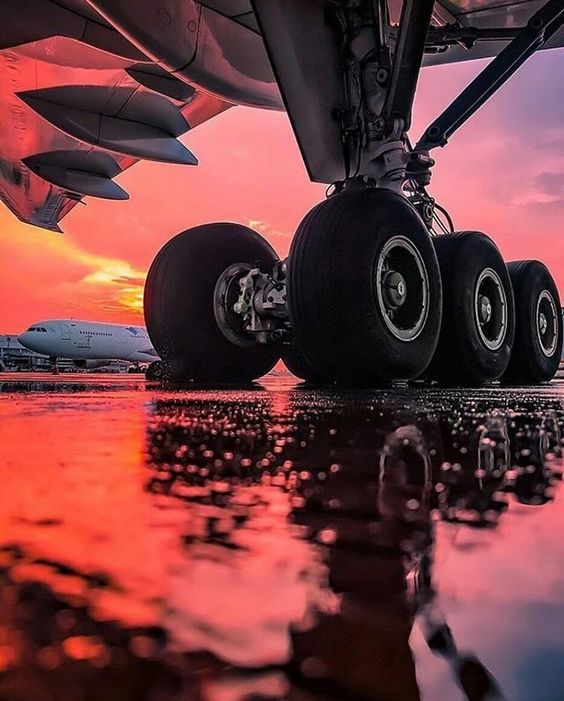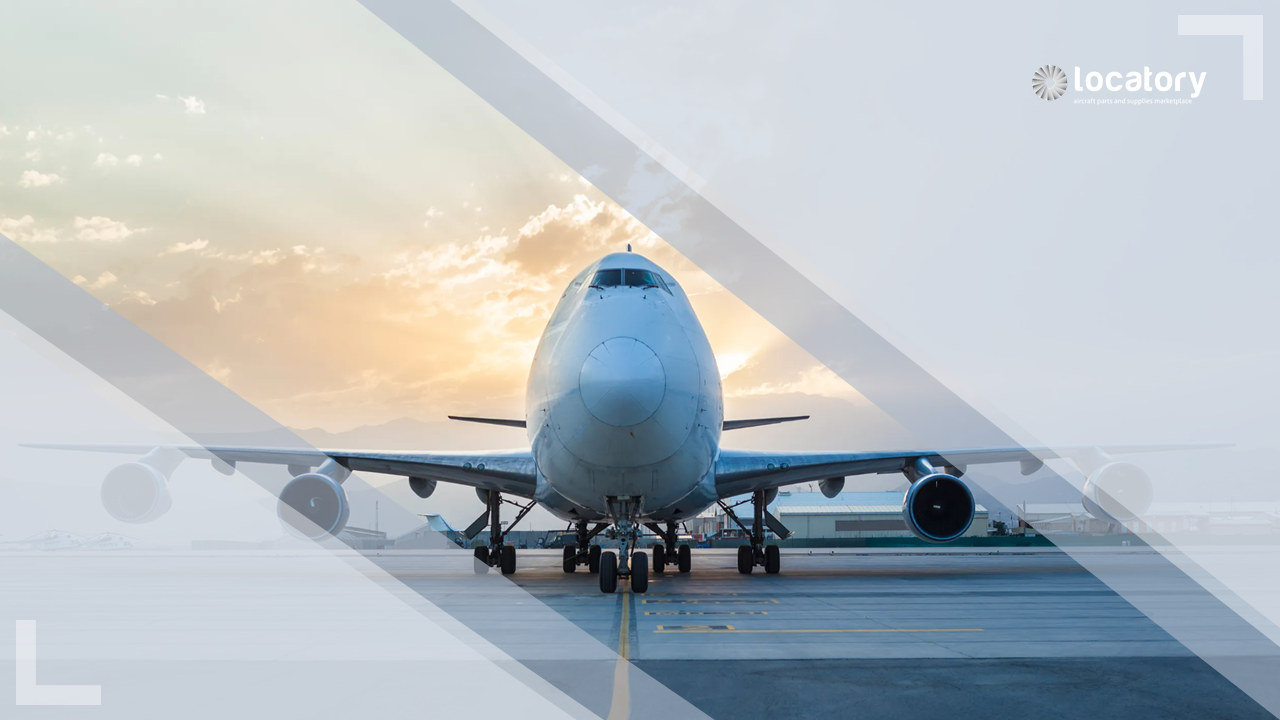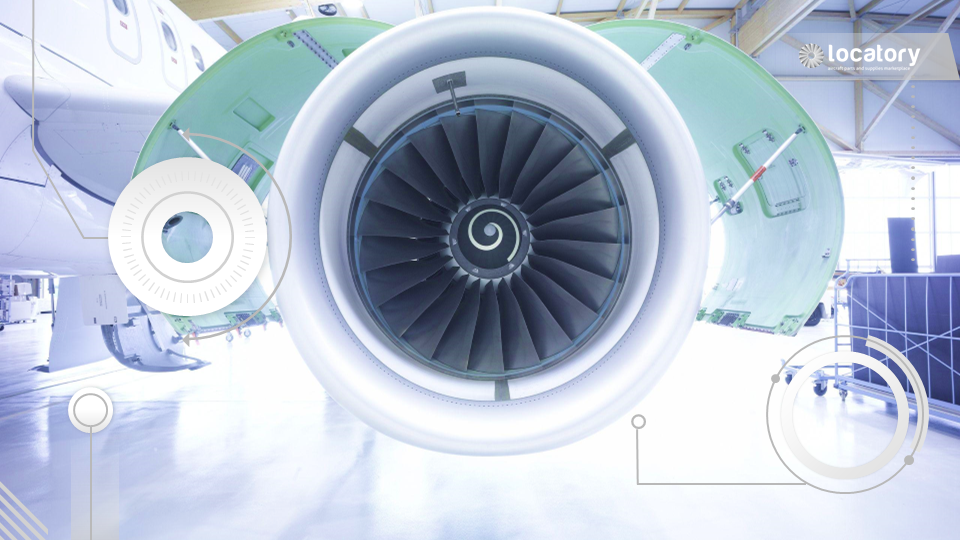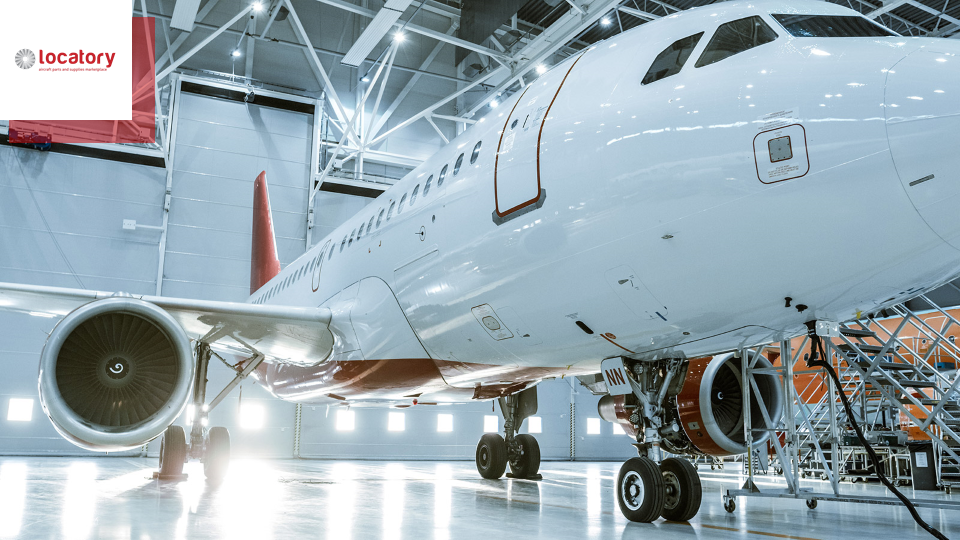The aircraft maintenance industry has been adapting quite slow compared to the speed of technological developments. While new technology have been used to better detect damaged parts or optimize repairs processes, aircraft maintenance is still overwhelming dependent on human labor.
New MRO technologies show promise of changing the way the industry operates, a potential shift from human touch to human-led. New hardware and software advances have opened the door to automation, this has the potential to reduce MRO costs for aircraft operators and lessors.
Hot topic: Robotics in MRO
In fact, many organizations are pursuing robotics in one way or another. Robotics, therefore, is one of the fastest growing new MRO technologies to keep an eye out for. While not appropriate for all applications, robots have a number of potential uses for achieving greater efficiencies in the MRO world. This is particularly critical now, as skilled labor is in short supply in the industry and labor costs are climbing.
We’re seeing MRO robotics applied to everything from single parts repairs and carbon fiber machining to intricate inspection tasks through miniaturization, whereby robots can be used for the inspection of components that are otherwise difficult for humans to gain access to.
As a new MRO technology, 3D printing can enable the ability to seamlessly print replacement parts that are strong, durable, lightweight and quick as well as inexpensive to create – not to mention, they dramatically reduce inventory costs for maintenance providers.
A true revolution, 3D printing is being used by most of the larger MRO providers these days, but not to its fullest potential. For now, 3D printing is being used on the less crucial components – such as cabin components – and is yet to be used on the more important structural components.
Blockchain in MRO
Blockchain has captured the attention and curiosity of industries around the world, new era of secure system management, Blockchain has continuously held its position as leading technology. Blockchain can be used to improve record-keeping, digital twinning and faster lease turnover while maintaining a high standard of data privacy.
For MRO industries Blockchain can easily be applied to the tracking and movement of parts. Blockchain’s secure, immutable and decentralized features can help to reduce maintenance costs, increase aircraft availability, and minimize errors in tracking aircraft parts.
Analytics, Artificial Intelligence & Machine Learning
Data analytics, leading itself to developments in artificial intelligence as well as machine learning. AI has improved productivity and quality, overtaking all stereotypes that the technology destroys the old model of work. The advancements of technology in the aviation sector has resolved the MRO industry to work at greater speeds and process data that has to be analyzed and interpreted in real-time. AI works into the predictive maintenance program many MRO companies have in place. The technology helps identify any issues proactively.






